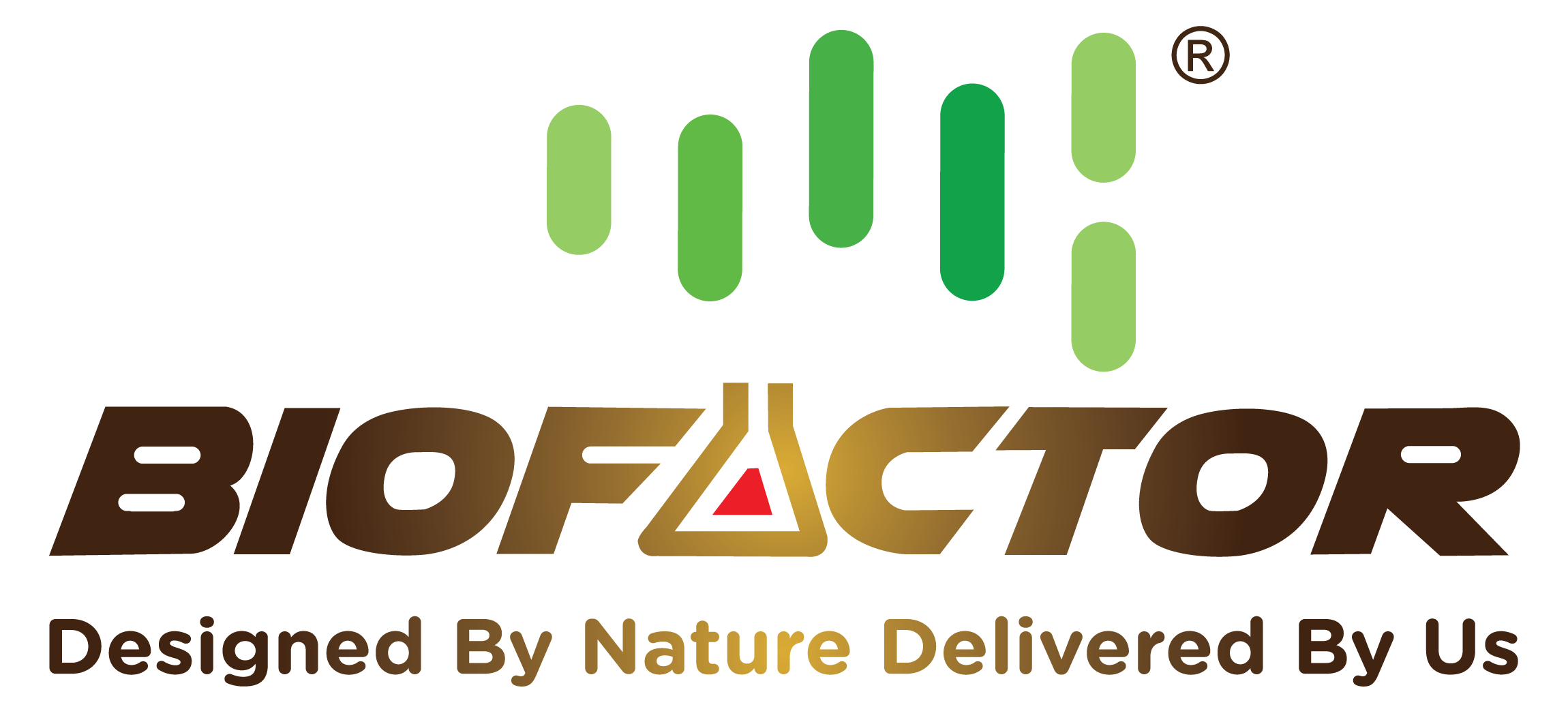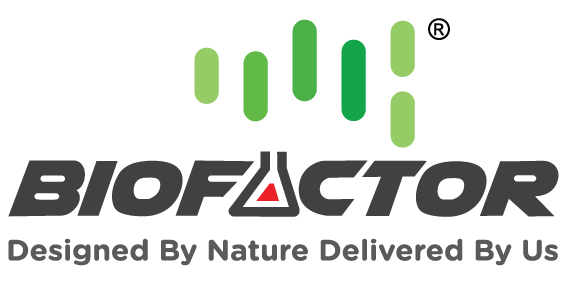Our Technologies
Our Technology
Research and Development are at the heart of what we do and what we care for at Biofactor.
In a world where scientific knowledge evolves daily, Biofactor is driven to keep pace through ongoing research and development. We work in collaboration with world-class research organisations and universities, and our research and development team keep up-to-date with their knowledge and research skills to serve the ever-changing needs of the agricultural industry. We are dedicated to providing advanced, science-based solutions which assist our growers to achieve a greater return on investment.
We are developing sustainable technologies and practices based on solid scientific principles and extensive field experience and observations with our highly skilled agronomy team. Our experienced and qualified researchers design and formulate new products and technologies based on rigorous laboratory procedures and replicated scientific field trials. We perform studies on our products to test: efficacy, crop yield and quality; crop stress tolerance; nutrition levels; crop vigour; early crop establishment; long term effects; and sustainability. We also provide Research and Development services that are tailored to our clients’ unique needs.


